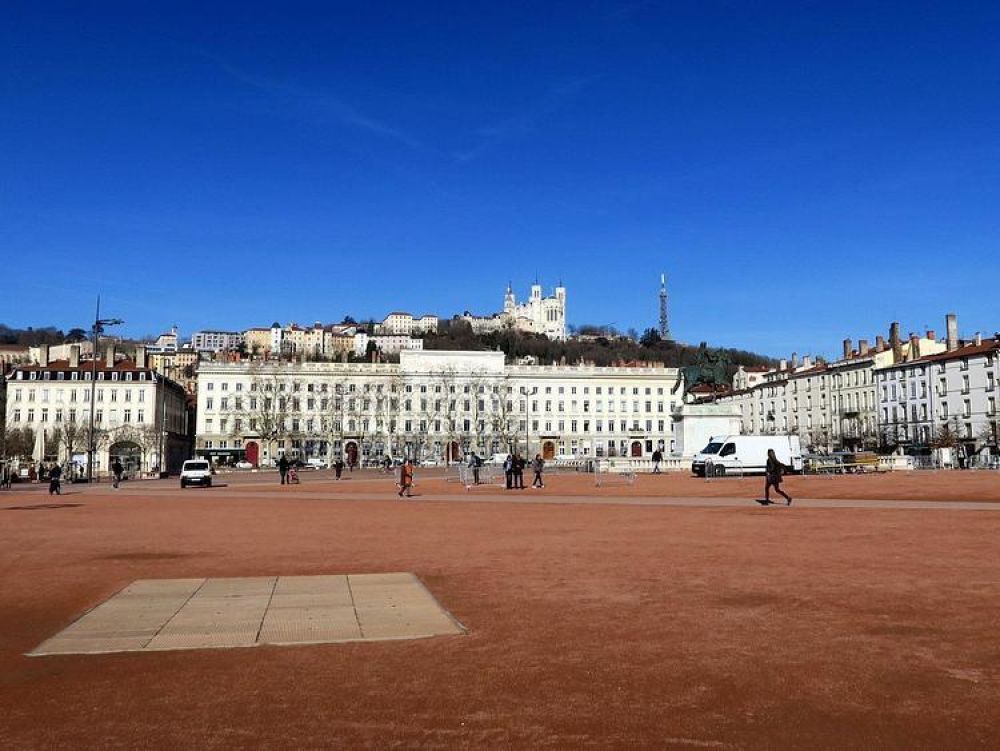

Lyon, a city with a rich heritage and an exceptional history, is home to Place Bellecour, one of the largest open squares in Europe. It sits at the heart of the city's peninsula, between the Rhône and Saône rivers, and has been an iconic location for centuries. Over the years, it has become a major tourist destination, attracting visitors from around the world.
The history of tourism at Place Bellecour can be traced back to when the square was first laid out in the 17th century. It was named after Louis XIV, with a statue of the Sun King erected at its center. Although the original statue was destroyed during the French Revolution, a replacement was put up in the 19th century, which still stands today.
In the 20th century, Place Bellecour became a focal point for social gatherings, public events, and celebrations, further increasing its draw as a tourist destination. With the progression of urban developments and the enhancement of transportation within Lyon, Place Bellecour's access improved, making it easier for tourists to visit the majestic square.
As a UNESCO World Heritage site, Lyon, including Place Bellecour, has seen a steady increase in cultural tourism. Visitors come to marvel at the square’s classical French architecture and historical significance. The nearby streets lined with luxury boutiques, charming cafes, and traditional Lyonnaise restaurants also contribute to Place Bellecour's allure, offering a taste of the city's vibrant culture and gastronomy.
In recent years, efforts have been made to pedestrianize the area, providing a safer and more pleasant experience for tourists and locals alike. Seasonal events like Christmas markets and summer festivals have turned Place Bellecour into a year-round destination, catering to a diverse range of interests and enhancing its tourism appeal.
The latest trends in tourism at Place Bellecour align with the growing demand for sustainable and authentic travel experiences. Visitors often partake in walking tours that delve into the history of Lyon, the significance of Place Bellecour, and the UNESCO designation of the city's old quarters. There is also an increasing interest in local food tours around the square, reflecting the global trend of culinary tourism.
Furthermore, advancements in technology have seen Place Bellecour integrate into the digital space with virtual tours and online guides becoming more prevalent. This not only enriches the visitor experience but also makes Lyon's cultural heritage more accessible to a wider audience.
In conclusion, Place Bellecour's role in the history of tourism in Lyon is indelible. With its stunning open space, historical monuments, and vibrant local culture, it continues to be a treasured stop for travelers exploring the beauty of France’s urban landscapes.